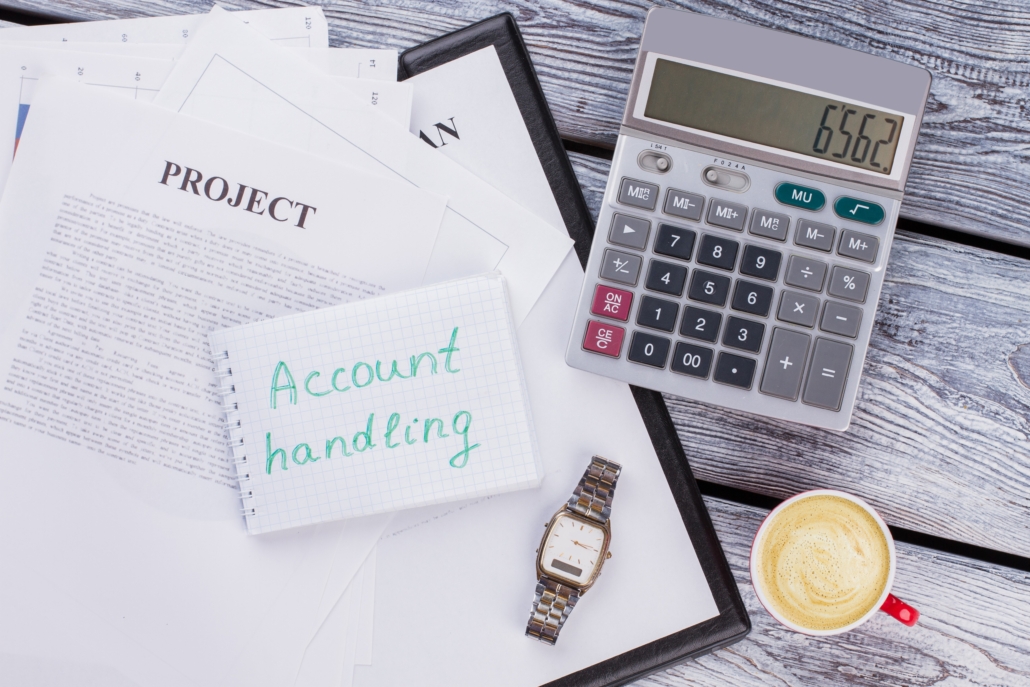An Ultimate Guide For Parents: Toys Your Kids Will Love
February 22, 2023Does VPN hide Bing history while surfing the Internet?
February 22, 2023
Introduction
Individual savings accounts have become more flexible and versatile over the years. Both the investments you can purchase and the amount you can store in your ISA account each year have increased significantly. As a result, many individuals currently use ISA accounts instead of or alongside pensions in terms of funding retirement plans.
If you have come across the term ISA and don’t fully understand what it’s, how it works, and the benefits it can offer, there is no need to worry. This detailed guide takes you through all the basics of ISA accounts, including the different types available.
What’s an ISA?
ISA stands for individual savings account. While the name sounds fancy, the concept is simpler. It’s an investment or savings account you never pay taxes for. Each tax year provides an ISA allowance that sets the maximum limit you can save tax-free between the 6th of April and the 5th of April next year. At this moment, the allowance is £20,000.
Are ISAs Tax-Free?
ISA accounts aren’t tax-free but just tax efficient. You’ll not pay tax on interests you earn on an ISA. That means the money portion of a mini and maxi ISA is free from the taxman. However, returns on any share dividends are taxed, so equity ISAs aren’t completely free from tax.
Basic-rate taxpayers always pay a 10% tax on dividend incomes as they would on investments outside the ISA tax year. On the other hand, higher taxpayers make savings and pay a 10% tax on dividend incomes, but this is lower compared to the 32.5% they would pay outside the ISA wrapper.
How do ISA Accounts Work?
Every resident of the UK over 18 years can own an ISA account. However, junior ISA accounts are also available for children under 16 years. ISA accounts work like other investment and savings accounts, with a few extra rules and regulations.
For instance, while it’s possible to invest your yearly ISA allowance into one account, you can decide to divide it between different types of accounts as long as you don’t surpass the £20,000 annual limit.
Unless you choose an ISA account that allows you to withdraw funds and pay them back within the tax year, any cash you withdraw will still count towards your yearly allowance. While switching from one provider to another is possible, you must transfer the funds directly between them.
If you withdraw funds and deposit them to another account elsewhere, you can lose your allowance for that tax period.
What Are the Types of ISA Accounts Available?
Two main ISA account types are available, which include Stocks and Shares ISAs and Cash ISAs. Other types include Lifetime ISA, Help-to-Pay ISA, Junior ISA, and Innovative Finance ISA. Innovative Finance ISAs allow you to earn interest via lending your funds to borrowers on peer-to-peer online investing platforms.
Those with 18 to 39 years are eligible for Lifetime ISA accounts, into which they can benefit from a 25% yearly government bonus when they pay £4,000 each year. To enjoy this bonus, you must leave the funds where they’re until you want to purchase a house or fund your retirement.
Grandparents, parents and guardians can also invest a maximum of £9,000 each year into Junior ISA accounts. The juniors in question can only claim the funds once they attain 18 years. Apart from Innovative Finance individual savings accounts, the key decision remains whether to invest in stocks and shares or cash accounts.
Should You Start Paying in an ISA Account Today?
If you’ve funds languishing in low-paying savings accounts, an ISA account can be a perfect option. Based on the benefits you want to enjoy, you can choose an Innovative Finance ISA, Stocks and Shares ISA, cash ISA, Lifetime ISA or Help to Pay ISA. Click here to learn more.

